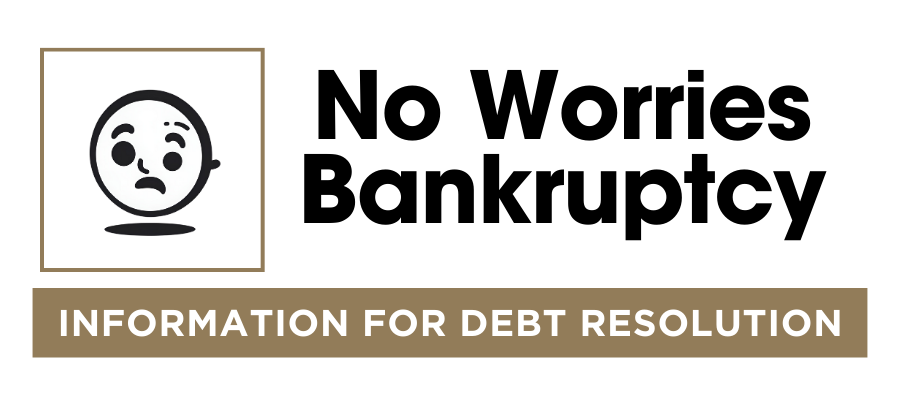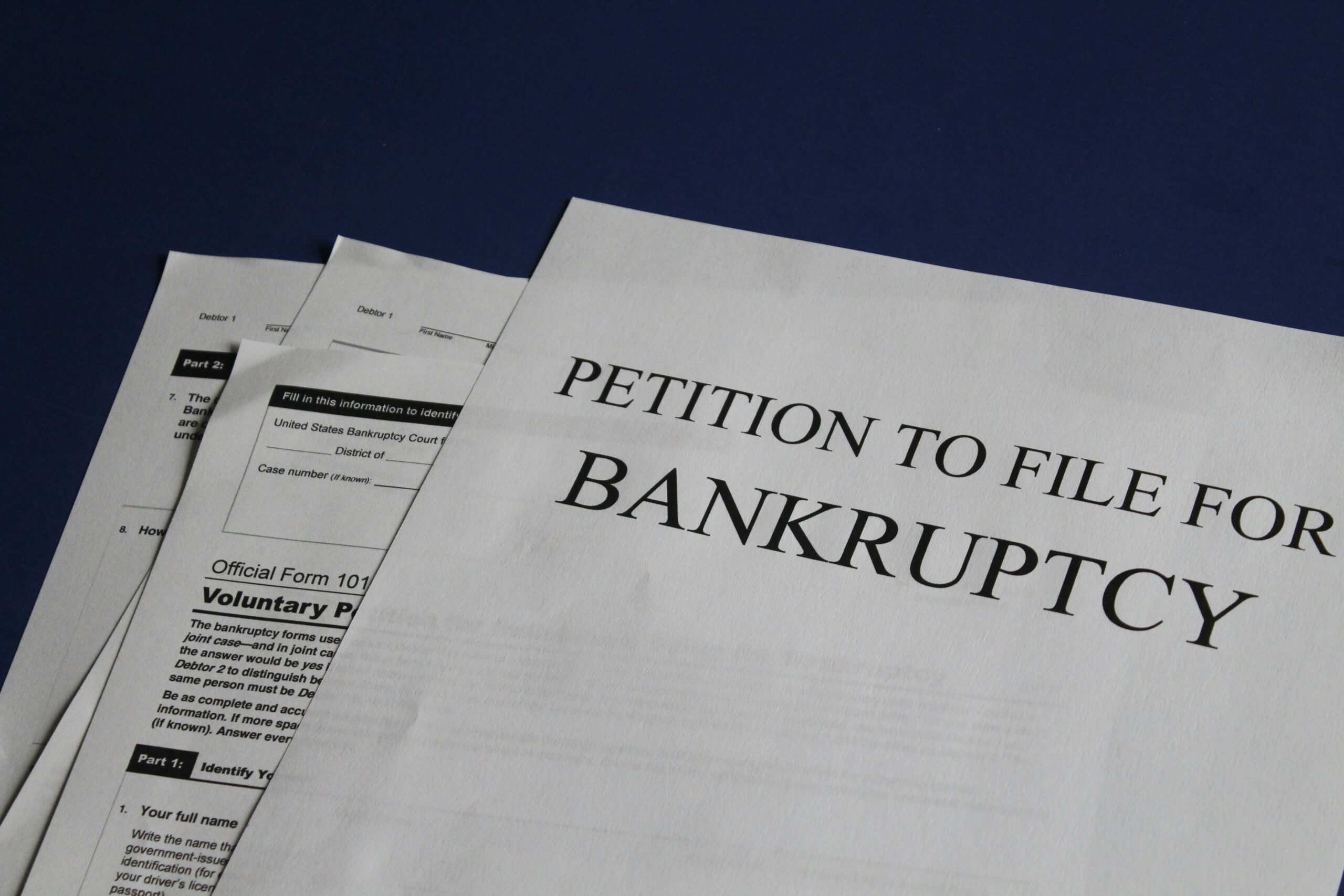Understanding Chapter 7 Bankruptcy
Chapter 7 bankruptcy, often referred to as “liquidation bankruptcy,” is a legal process designed to help small businesses manage overwhelming debt by liquidating assets to pay off creditors. For small business owners facing insurmountable financial challenges, Chapter 7 can offer a path to debt relief and a fresh start. The process begins with the filing of a petition in the bankruptcy court, followed by the appointment of a bankruptcy trustee who oversees the liquidation of the business’s non-exempt assets. These assets are sold, and the proceeds are distributed to creditors in accordance with the priority established by bankruptcy laws.
The eligibility criteria for Chapter 7 bankruptcy require that the business be either a sole proprietorship, partnership, or corporation that cannot feasibly sustain operations due to its financial liabilities. Unlike Chapter 11, which focuses on reorganization and continued operation of the business, Chapter 7 is geared towards businesses that are no longer viable and need to cease operations. Chapter 13, on the other hand, is typically reserved for individuals and sole proprietors with a regular income, allowing them to keep their assets while repaying debts over a period of time.
One of the critical roles in the Chapter 7 process is played by the bankruptcy trustee. This court-appointed official is responsible for assessing the business’s assets, liquidating non-exempt properties, and distributing the proceeds to creditors. The trustee also ensures that the bankruptcy process is conducted fairly and in accordance with legal standards.
The potential outcomes of filing for Chapter 7 bankruptcy include the discharge of most business debts, allowing owners to move forward without the burden of past financial obligations. However, this also means that the business will cease operations, and its assets will be sold off. While this outcome might seem drastic, it can be the most viable option for small businesses that are unable to recover from their financial difficulties. By understanding the nuances of Chapter 7 bankruptcy, small business owners can make informed decisions about whether this form of debt relief is the best course of action for their specific circumstances.
Signs That Chapter 7 Bankruptcy Might Be Necessary
Small businesses often face challenging financial situations, but certain warning signs may indicate that Chapter 7 bankruptcy is necessary. One primary indicator is insurmountable debt levels. When a business’s debts far exceed its assets and the revenue generated is insufficient to cover ongoing expenses, it may be time to consider Chapter 7 bankruptcy. For example, a small retail store accumulating substantial debts from inventory purchases, rent, and utilities without seeing a corresponding increase in sales might find itself in an untenable position.
Declining revenue is another critical sign. A consistent downward trend in revenue, despite efforts to boost sales and reduce costs, can lead to an inability to meet financial obligations. Take, for instance, a small restaurant experiencing dwindling customer numbers due to increased competition and economic downturns. If the revenue continues to decrease, covering payroll, rent, and supplier payments becomes increasingly difficult.
Additionally, an inability to meet financial obligations is a stark warning sign. This includes missing loan repayments, failing to pay suppliers, or defaulting on lease agreements. A small manufacturing business, for example, that cannot pay its suppliers may face halted production, further exacerbating its financial troubles.
Unsuccessful attempts at restructuring or negotiating with creditors also point toward the necessity of Chapter 7 bankruptcy. If a business has tried to renegotiate terms, consolidate debts, or seek alternative financing without success, it may have exhausted all viable options. For instance, a tech startup that has repeatedly sought extensions or reductions in loan payments but continues to struggle might benefit from the debt relief provided by Chapter 7.
Conducting a thorough financial assessment is crucial in determining the severity of the debt situation. This involves reviewing financial statements, cash flow projections, and outstanding liabilities. A comprehensive assessment can help business owners understand whether Chapter 7 bankruptcy could offer a fresh start by liquidating assets to pay off debts and eliminating future financial burdens. By recognizing these signs and evaluating the financial health of the business, owners can make informed decisions about pursuing Chapter 7 bankruptcy.
The Chapter 7 Bankruptcy Filing Process
Filing for Chapter 7 bankruptcy is a structured legal procedure designed to help small businesses manage overwhelming debt. The process begins with thorough preparation, requiring the collection of essential documents that detail the business’s financial situation. This includes balance sheets, income statements, tax returns, and a comprehensive list of assets and liabilities. Engaging experienced legal counsel is crucial at this stage to ensure all documentation is accurate and complete, as any discrepancies can lead to complications.
Once the necessary paperwork is assembled, the initial filing is made with the bankruptcy court. This filing triggers an automatic stay provision, which immediately halts most collection actions by creditors. This stay is vital as it provides the business with temporary relief from creditor pressures, allowing time to organize and proceed with the bankruptcy process without external interference.
Following the filing, a trustee is appointed to oversee the case. The trustee’s primary role is to liquidate the business’s non-exempt assets and distribute the proceeds to creditors. The liquidation process involves selling assets such as inventory, equipment, and real estate. However, it is essential to understand that not all assets are subject to liquidation; certain assets may be exempt under specific state or federal laws.
Transparency and compliance are paramount throughout the Chapter 7 bankruptcy process. The business must fully disclose all financial information to avoid allegations of fraud or concealment, which can complicate the proceedings and potentially lead to criminal charges. The trustee will scrutinize the provided information to ensure accuracy and fairness in the asset liquidation and distribution process.
The proceeds from the liquidation are then distributed to creditors in a specified order of priority. Secured creditors, those with collateral backing their claims, are typically paid first, followed by unsecured creditors. This structured distribution ensures an equitable resolution for all parties involved. Through meticulous preparation, adherence to legal requirements, and the guidance of competent legal counsel, the Chapter 7 bankruptcy process can offer a viable solution for small businesses facing insurmountable debt.
Life After Chapter 7 Bankruptcy for Small Businesses
Emerging from the Chapter 7 bankruptcy process can often feel like navigating uncharted waters for small business owners. However, this period also holds the potential for a fresh start, providing an opportunity to rebuild and reestablish oneself in the business world. The immediate aftermath of a small business Chapter 7 bankruptcy typically involves the liquidation of the business’s assets to pay off creditors, which can lead to the complete closure of the business. For the business owner, this means addressing the impact on their credit score, which can be significantly affected by the bankruptcy filing.
Rebuilding credit and financial stability is a gradual process that requires careful planning and disciplined financial management. Business owners should begin by reviewing their credit reports to understand the extent of the damage and identify any inaccuracies. Establishing new lines of credit, such as secured credit cards, and making timely payments can gradually improve credit scores over time. Furthermore, adopting better financial management practices, such as maintaining accurate financial records, budgeting, and monitoring cash flow, can prevent future financial pitfalls.
For those considering reestablishing their business or transitioning to a new venture, it’s crucial to develop a solid business plan that reflects lessons learned from past experiences. Seeking professional advice from financial advisors, accountants, or business consultants can provide valuable insights and help in crafting a sustainable business model. Networking with other entrepreneurs and joining professional associations can also offer support and resources for rebuilding.
The psychological and emotional aspects of recovering from small business Chapter 7 bankruptcy should not be underestimated. It’s important for business owners to maintain a positive mindset and focus on the opportunities that lie ahead. Engaging in stress-relief activities, seeking support from family and friends, and potentially even professional counseling can aid in overcoming the emotional toll of bankruptcy.
Ultimately, while the path after Chapter 7 bankruptcy can be challenging, with determination and strategic planning, small business owners can navigate the obstacles and emerge stronger, more resilient, and better prepared for future success.






